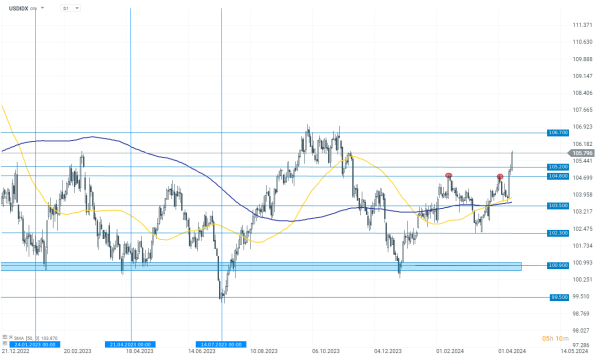Goolsbee Fed concerned about rising geopolitical tensions and inflation 📌
Fed's Goolsbee expressed concerns about various inflationary pressures impacting the Federal Reserve's ability to achieve its targets. He highlighted Middle East instability as a potential wild card that could negatively affect oil and gas prices. Goolsbee emphasized the significant role of housing costs, noting that if shelter inflation remains above pre-pandemic levels, it could hinder the Fed's goal of returning to target inflation rates. He also indicated that while there has been a general downtrend in inflation from peak levels, recent multiple readings remain higher than desired. He concluded that the U.S. is facing a complex environment of "cross currents," suggesting that managing these economic challenges will require careful monitoring and potentially more active interventions if core inflation metrics like the Personal Consumption Expenditures (PCE) index show unfavorable trends.
The concerns of Federal Reserve bankers are also reflected in the recent strong gains of the dollar. Catalysts for the increases were, of course, inflation data that were higher than expected, which led to a shift in expectations regarding the first interest rate cuts. Moreover, rising geopolitical tensions cause capital to flee from risky assets towards both gold and the dollar. In the case of the former, we see high volatility today. For the dollar, we are observing three sessions of dynamic increases in a row. The USDIDX has already broken this year's highs and is approaching two-year highs around 1.067.

Source: xStation 5